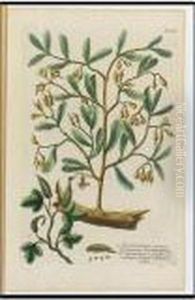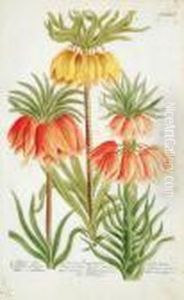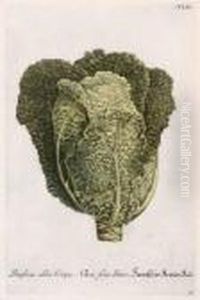Johann Wilhelm Weinmann Paintings
Johann Wilhelm Weinmann was a German pharmacist and botanist noted for his work in the field of botanical illustration. Born in Gardelegen, Germany, in 1683, Weinmann achieved success in his professional career as a pharmacist and eventually became the owner of several pharmacies.
Weinmann's most significant contribution to the field of botany was his comprehensive work 'Phytanthoza Iconographia', a massive botanical compendium that included more than 1,000 hand-colored engravings of plants. This ambitious project was published in eight volumes between 1737 and 1745, and it was one of the first botanical books to utilize the color-printing process of mezzotint, enhancing the quality and detail of the illustrations.
The 'Phytanthoza Iconographia' covered a wide range of plants, including exotic species from the New World, and was notable for its high level of accuracy and detail. Weinmann's work was an invaluable resource for botanists, herbalists, and pharmacists, providing detailed visual references for plants and their uses. The illustrations were the product of several artists, including Georg Dionysius Ehret, a distinguished botanical illustrator of the time. Ehret's contribution to the 'Phytanthoza Iconographia' helped to elevate the quality of the illustrations to a high artistic standard.
Despite the success of his botanical endeavors, Weinmann faced financial difficulties due to the high costs of producing his work and died in relative obscurity in 1741 in Regensburg, Germany. However, his legacy lives on through his contributions to botanical art and science. Today, 'Phytanthoza Iconographia' is considered a landmark in botanical illustration and is highly valued by collectors and historians for its historical and artistic significance.
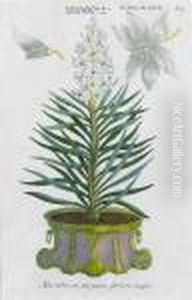
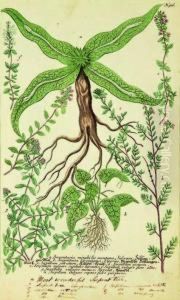
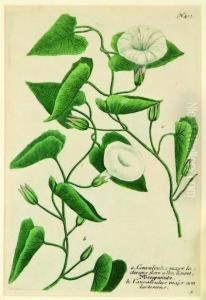

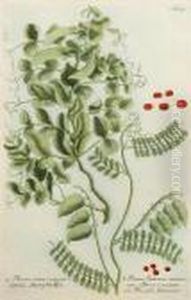

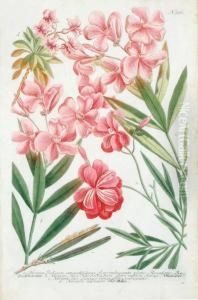
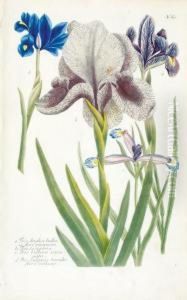
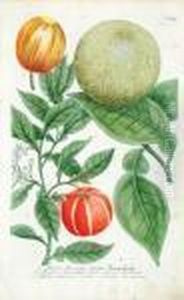
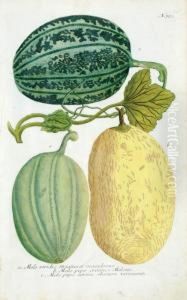
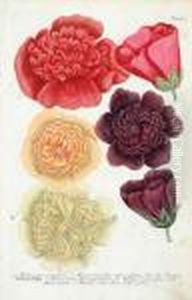
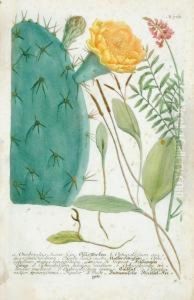
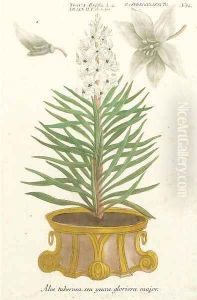

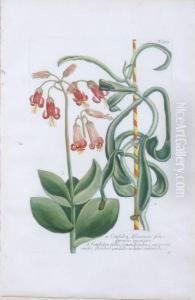
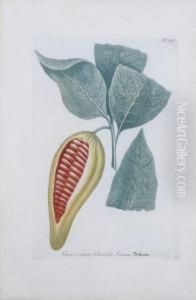
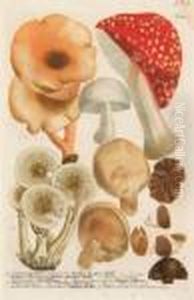
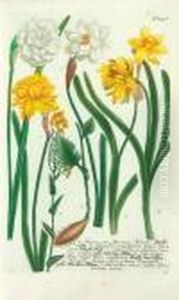
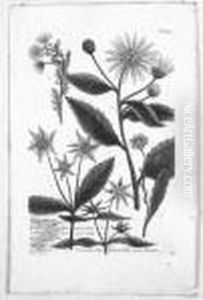
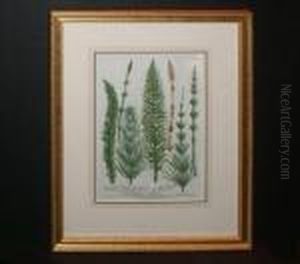
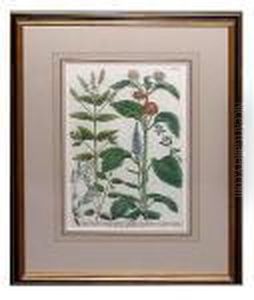
![[floral Studies]](https://www.niceartgallery.com/imgs/1691278/s/johann-wilhelm-weinmann-floral-studies-8fc7f75d.jpg)
